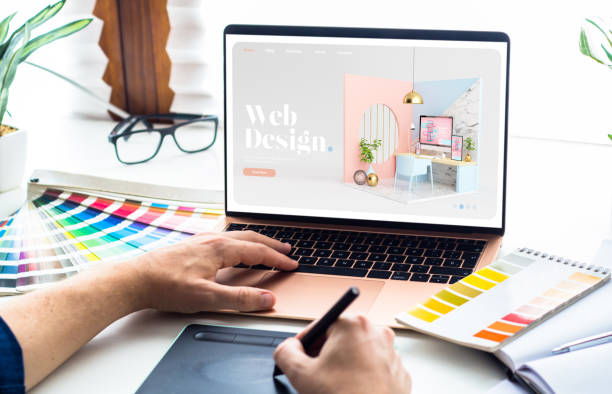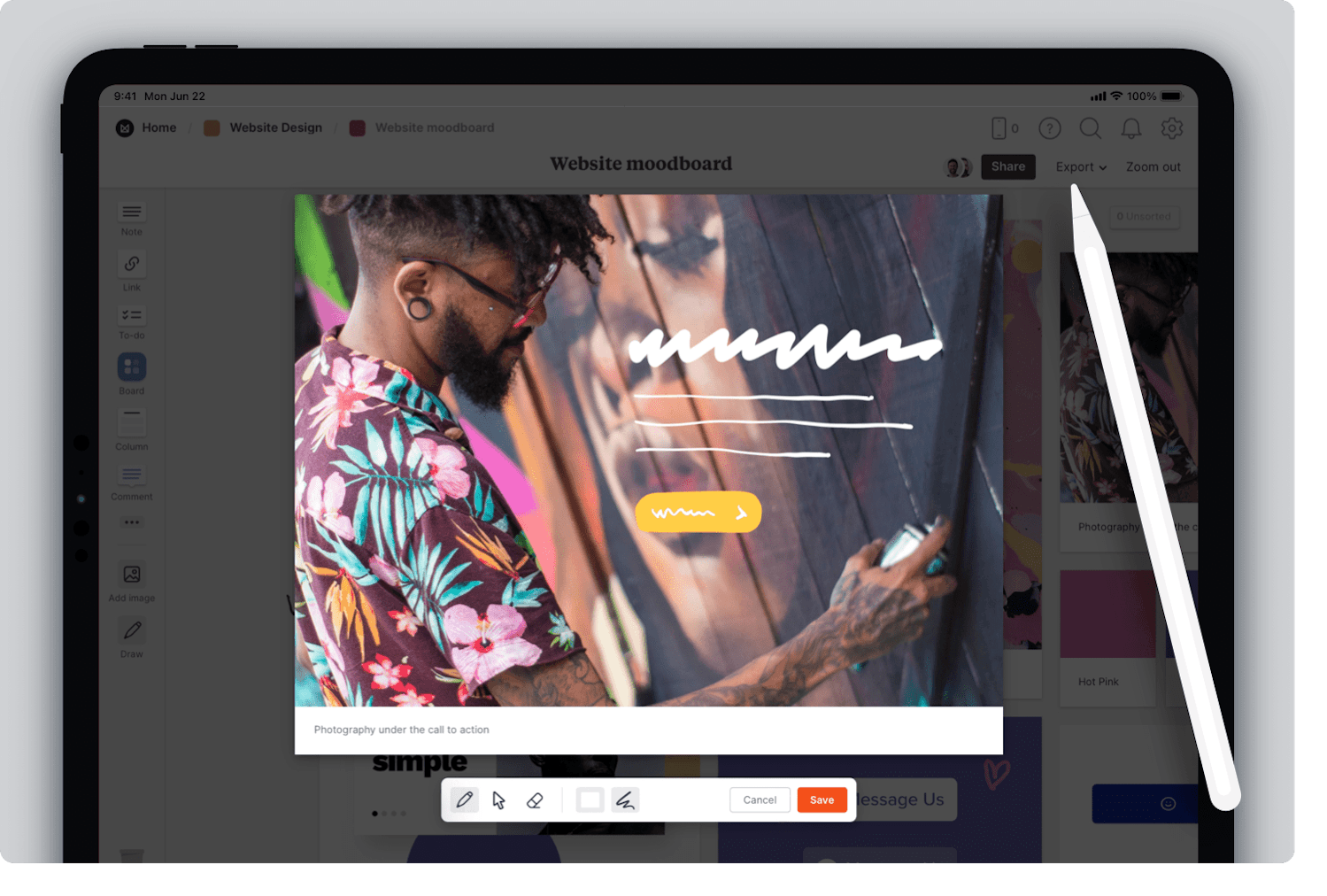How to Optimize Your Website Design for Better User Engagement and Retention
How to Optimize Your Website Design for Better User Engagement and Retention
Blog Article
The Ultimate Overview to Modern Internet Site Layout Trends
In the ever-evolving digital landscape, modern internet site design patterns play an important role in shaping user experience and involvement. From the surge of minimal style concepts that focus on simplicity to the effect of bold typography in specifying brand name identity, each aspect adds to a cohesive on-line visibility. The focus on mobile-first and receptive methods, alongside innovative microinteractions, further boosts use. In addition, the expanding concentrate on sustainable website design techniques mirrors a dedication to environmental duty. These trends collectively elevate essential questions about the future of effective internet layout and what it suggests for organizations and consumers alike.
Minimalist Layout Principles
Minimalist style principles stress the concept that less is much more, supporting for simpleness and functionality in aesthetic communication. This approach strips away unnecessary aspects, concentrating rather on necessary elements that share the designated message effectively. By focusing on clarity, minimal style enhances user experience, allowing visitors to navigate web sites easily.
Core tenets of minimalist layout consist of using ample white area, which develops a sense of balance and organization. This negative room not just directs the visitor's interest to crucial elements but also cultivates a soothing visual environment. Furthermore, a restricted color scheme is commonly employed, using single plans or soft hues to preserve aesthetic cohesion and stop frustrating the user.
Typography plays an important role in minimal style, where readable fonts are chosen for their simpleness and effectiveness in communicating content. Graphics and images are utilized moderately, guaranteeing that they offer a function as opposed to sidetrack from the general message. Ultimately, minimal style concepts grow a concentrated environment that urges individuals to engage with the content, improving the overall effectiveness of contemporary website style. This fad mirrors a growing admiration for thoughtful, user-centric aesthetic appeals in digital spaces.
Strong Typography Options
Accepting vibrant typography selections has actually become a defining characteristic of contemporary internet site layout, as it effectively records interest and shares strong messaging. Developers are increasingly making use of typography not merely as a practical element but as a vital aesthetic component that improves the total visual and user experience.

Furthermore, the juxtaposition of strong typography with minimalist style principles enables for striking contrasts, boosting readability while keeping visual allure. The usage of whitespace around vibrant text better emphasizes its importance, making certain that the message resonates with the audience.
As electronic landscapes become much more affordable, leveraging bold typography enables brands to distinguish themselves and leave a long lasting impact. The mindful selection of typefaces and their application can stimulate emotions, develop tone, and drive activity, making vibrant typography an important device in contemporary site layout. Ultimately, it is an effective method to boost narration and make sure that key messages are not only seen yet likewise really felt.
Responsive and Mobile-first Design
Responsive and mobile-first style has actually emerged as an essential principle in modern web site development, mirroring the increasing reliance on smart phones for accessing online material. As user habits shifts towards mobile surfing, designers should prioritize developing experiences that adjust flawlessly throughout different screen dimensions and resolutions.
A receptive layout makes certain that a website instantly changes its format, images, and performance based on the device being used. Mobile-first layout advocates for creating internet sites at first for smaller sized screens, ultimately scaling up to bigger displays.
Executing responsive and mobile-first concepts not just satisfies customer preferences however additionally aligns with seo (SEARCH ENGINE OPTIMIZATION) methods. Significant search engines, like Google, focus on mobile-friendly internet sites in their rankings, making it important for services to embrace these design approaches. In a competitive digital landscape, accepting receptive and mobile-first style is not simply an option; it is important for guaranteeing access and interaction with a diverse audience.
Engaging Microinteractions
Microinteractions play a critical role in enhancing individual interaction and overall site experience, particularly in check here the context of responsive and mobile-first design. These subtle design aspects give instant comments to customers, making interactions extra enjoyable and user-friendly. Examples include switch animations, notification alerts, and filling indications, which not just overview individuals however also create a sense of link with the interface.
Integrating appealing microinteractions can considerably boost use by decreasing cognitive tons. When users obtain aesthetic or auditory responses upon executing actions, such as clicking a button or submitting a form, they feel much more certain in their choices. This promotes a smoother navigating experience, eventually boosting customer retention.

As website style patterns remain to advance, the significance of microinteractions can not be overstated. They serve as the refined yet effective touchpoints that transform regular communications right into phenomenal experiences, therefore boosting the overall performance of modern web layout.
Sustainable Website Design Practices
Lasting website design techniques are coming to be increasingly necessary as the electronic landscape grows and ecological worries increase. Designers and designers are acknowledging their obligation to produce sites that not just offer customer requirements but likewise decrease ecological effect. This approach includes a number of key approaches.
Firstly, optimizing power consumption is critical. Websites must be created to fill rapidly and successfully, which minimizes server energy usage and improves individual experience. Methods such as image compression, decreasing HTTP demands, and making use of modern-day coding practices add considerably to this objective.
Second of all, choosing eco-friendly holding providers is vital - website design. Lots of holding firms are now powered by renewable resource resources, enabling web sites to run in a much more lasting way. This choice reflects a commitment to decreasing carbon impacts
Furthermore, taking on a minimalist style can enhance sustainability. Less elements on a page cause less data transfer, which not just accelerates loading times yet additionally preserves sources.
Finally, promoting digital access makes sure that internet sites get to a broader audience without unnecessary bloat, straightening customer experience with ecological duty. By incorporating these lasting methods, internet developers can contribute favorably to both individual interaction and the world's wellness.
Conclusion
In summary, contemporary web site design trends stress the assimilation of minimal principles, bold typography, and responsive style to enhance individual experience. Engaging Full Report microinteractions add to unforgettable communications, while lasting techniques support for ecologically conscious development. Collectively, these aspects not only raise visual charm yet likewise improve capability, making certain that internet sites are both aesthetically striking and straightforward. Embracing these trends is crucial for creating impactful electronic experiences that reverberate with customers in a significantly affordable on the internet landscape.
In the ever-evolving digital landscape, modern-day web site design trends play a crucial role in forming individual experience and involvement. By prioritizing clarity, minimalist style enhances user experience, permitting visitors to browse websites effortlessly.
Ultimately, minimalist design concepts cultivate a focused setting that encourages users to involve with the content, enhancing the general performance of modern-day website style.Microinteractions play a crucial function in improving individual involvement and overall site experience, particularly in the context of receptive and mobile-first design.In see here summary, contemporary web site layout patterns emphasize the combination of minimalist principles, vibrant typography, and responsive design to improve customer experience.
Report this page